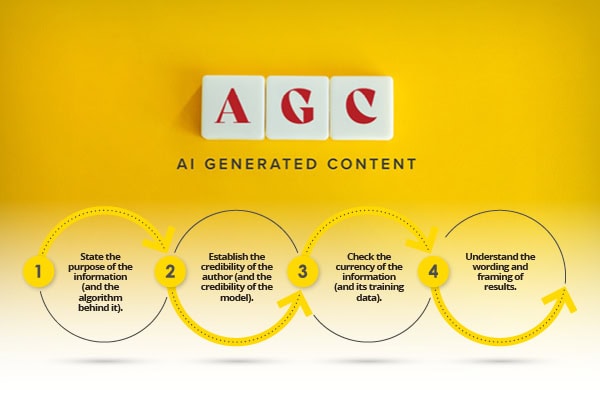When professional development is done well, it provides an opportunity for teachers to grow their knowledge and sharpen their skills, which can lead to better student outcomes, according to an article in Education Week. It’s a way for teachers to collaborate with their colleagues, and one avenue through which administrators can support their teachers.
But the K-12 professional development landscape is diffuse and highly local, with offerings varying from district to district and even school to school. Common complaints: the PD teachers receive often isn’t relevant to the subject or grade level they teach, that it doesn’t provide tips for practical application in the classroom, or that its goals are vague.
Some professional development is required—for example, a state law could mandate that all elementary school teachers undergo training in early literacy instruction, or a school could host a mandatory workshop on a day reserved for in-service teacher professional development.
Most states require that teachers complete a certain number of hours of professional development to renew their teaching licenses or to receive salary boosts. Usually, teachers can meet these requirements by taking continuing education classes through colleges and universities, or by taking professional development courses from state-approved providers.
Exactly how much teachers pay for PD varies, too. Districts and unions will offer some options to teachers for free, or deeply discounted. But often teachers pay out of pocket, especially for opportunities hosted by outside organizations.
PD options are broader than “one-and-done” workshops. Here are some examples of professional learning that teachers could have access to:
- Professional learning communities: Also known as PLCs, these small groups of teachers—often organized around subject areas or grade levels—meet regularly to share expertise and plan for instruction.
- Curriculum-based PD: Teachers learn how to use their school or district’s curriculum and other instructional materials, often discussing how to adapt it for their students’ needs.
- Coaching and peer observation: An instructional coach, or teachers themselves, help other teachers plan lessons, observe each other’s classrooms, and offer feedback.
- Conferences, seminars, and institutes: Teachers attend meetings outside of school, where they can learn from experts and their colleagues. These often occur during summer or other school breaks.
- National Board Certification: Teachers who complete a series of portfolio projects and pass an assessment receive this advanced certification, which comes with salary increases in some states.
- University courses: Teachers can take these to deepen their subject matter knowledge or their understanding of instructional practice. They can also count toward graduate degrees, which help teachers move up the pay ladder.
Teachers say that the type of PD they participate in most often is collaborative learning, according to a 2023 study from the RAND Corporation that surveyed a nationally representative sample of 8,000 teachers.
This includes work time with colleagues or more structured meetings, like professional learning communities. Thirty-nine percent of teachers said they did this at least weekly.
Still, workshops and short training sessions are still part of many schools’ approaches.
The federal government provides funding that districts and states can use for professional development through Title II-A of the Elementary and Secondary Education Act.
Research from the past decade shows that much of the professional development that teachers undergo doesn’t meet the federal standard for “high-quality.”
The Every Student Succeeds Act, the federal K-12 law that replaced the No Child Left Behind Act, defines high-quality professional learning as meeting six criteria: it’s sustained (meaning not a one-off workshop), intensive, collaborative, job-embedded, data-driven, and classroom-focused.
But a 2016 study from the Frontline Research & Learning Institute examined 3.2 million PD enrollments between 2011 and 2016, and found that 80 percent of them didn’t meet the federal standard in full.
Most professional development is locally provided, from school districts, regional offices of education, or teachers’ unions. Quality control is often lacking: Some states have hundreds of approved providers, and only audit a small sample each year.
In 2022, researchers at Harvard Graduate School of Education and Brown University reviewed dozens of studies on professional development and identified these commonalities in successful programs:
1) Professional development that focused on instructional practice—identifying key teaching strategies and providing support for carrying out those changes in the classroom—was generally more effective to improve student performance than professional learning that focused solely on building teachers’ content knowledge in their subjects.
2) Instruction-focused PD is most effective when it’s tied to materials that teachers are going to use in the classroom, an approach also known as curriculum-based professional development. PD had larger effects on student outcomes when it helped teachers understand how to best use their classroom materials.
3) Adding follow-up sessions was helpful too. They provide opportunities for teachers to share their experiences implementing new information and get feedback from peers.
4) Coaching is also powerful. A 2018 meta-analysis of 60 studies on instructional coaching found that it can improve teachers’ practice — in some cases a novice teacher performed at the same level as one who had been in the classroom for 5 years. It improves student performance, too, as measured by standardized test scores.
Teachers have said they want professional development to be more practical and directly connected to the work that they’re doing in the classroom. Mandatory seminars often have no relevance to their particular subject area or cover skills that they mastered years ago.
Teachers want time to apply what they’ve learned with students and then follow up with PD providers and their colleagues to evaluate: Did this go well? Why or why not? And is it helping students?
Education Week





